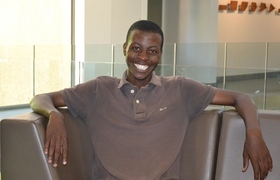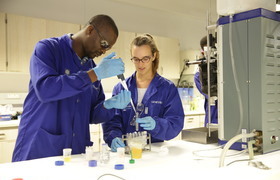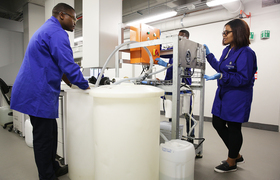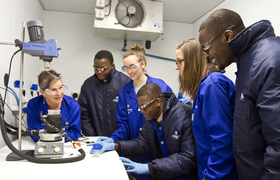An open letter to Civil Engineering Magazine and the SAICE
06 August 2018 | Photo Je’nine May. Read time 4 min.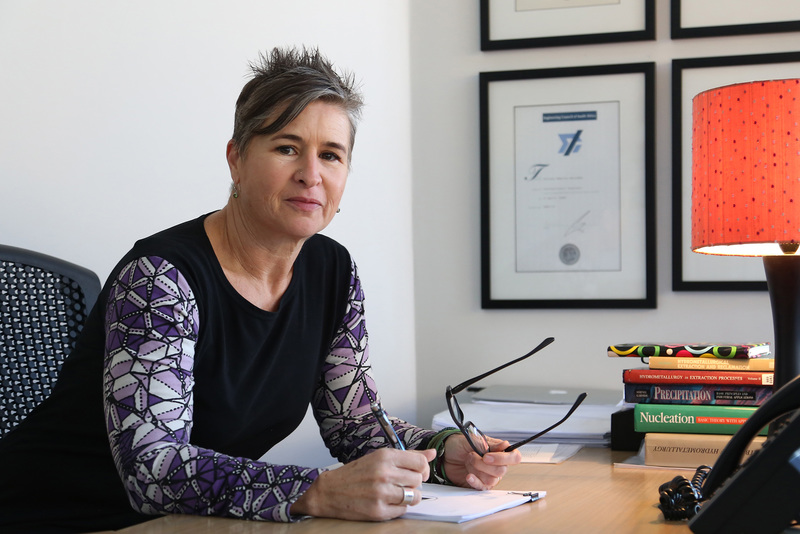
Professor Alison Lewis
Dean of the Faculty of Engineering and the Built Environment
University of Cape Town
I am writing in response to the article “Out on a rib”, written by the CEO of the South African Institution of Civil Engineering (SAICE), Manglin Pillay, and published in the July 2018 issue of the SAICE’s Civil Engineering magazine. Mr Pillay questions the wisdom of investing heavily into attracting women into science, technology, engineering and mathematics (STEM) careers.
Although I defend Mr Pillay’s right to debate his point of view, I strongly disagree with his conclusion. The article that he cites, (“The gender-equality paradox in science, technology, engineering, and mathematics education”, by Stoet G, Geary DC, Psychological science. 2018;29(4):581-93) makes it clear that the career and education choices made by girls are a function of both social as well as proximal factors. Despite the fact that, in more gender-equal societies, girls equal or outperform boys in science, as was the case in Finland, girls generally perform even better in reading. This means that, when choosing their “best” subject, they generally do not choose science.
However, this fact does not, in my view, lead to the conclusion that there should be less investment in attracting women into STEM careers.
On the contrary, the only way to fight for gender equality is by inspiring girls about STEM careers, promoting access to STEM disciplines and changing work environments to actively support women’s contributions. The development of women role models in the engineering professions is another vital aspect. This is the only way we will be able to change the real choices that are available to girls. Even “gender neutral societies” are still very far from gender neutral!
As a faculty we disagree with this article in the strongest terms. The inclusive and caring values that are at the heart of the engineering profession are being contested by such an article being printed in the SAICE magazine. The article raises concerns about SAICE’s commitment to becoming a more inclusive and diverse profession and, of equal concern, could cause serious damage to the efforts that have gone into attracting women students into engineering.
The faculty of Engineering and the Built Environment at UCT has actively campaigned to attract more women. See our #WomeninEngineering and “This is what an engineer looks like” campaign on @UCTEBEstrong as example. We are also very proud of the campaign, “I am an engineer”, run by the UCT chapter of Women in Engineering in collaboration with the EBE Faculty.
More broadly, our faculty is working hard to attract and retain a diverse group of students and staff. It is our belief that having a diverse student body, academic staff and engineering profession contributes enormously to the richness of our environment. Our experience is that diversity and multiple experiences and skills contribute to building a more a humane and caring community of engineers. Our diversity also adds to our potential to innovate and think creatively in an increasingly complex world. The global problems of the 21st century and the future of our planet depend on the contribution of a wide range of skilled professionals.
The faculty of Engineering and the Built Environment at UCT is committed to being at the forefront of that contribution.
We are also open to working with SAICE to positively addressing the gender gap in the Civil Engineering profession. In this regard, I request that SAICE share publicly its strategy to transform the civil engineering profession so that all women in this country can include this rewarding profession among their aspirations.
Sincerely yours,
Professor Alison Lewis
Dean, Faculty of EBE
University of Cape Town
 This work is licensed under a Creative Commons Attribution-NoDerivatives 4.0 International License.
This work is licensed under a Creative Commons Attribution-NoDerivatives 4.0 International License.
Please view the republishing articles page for more information.







